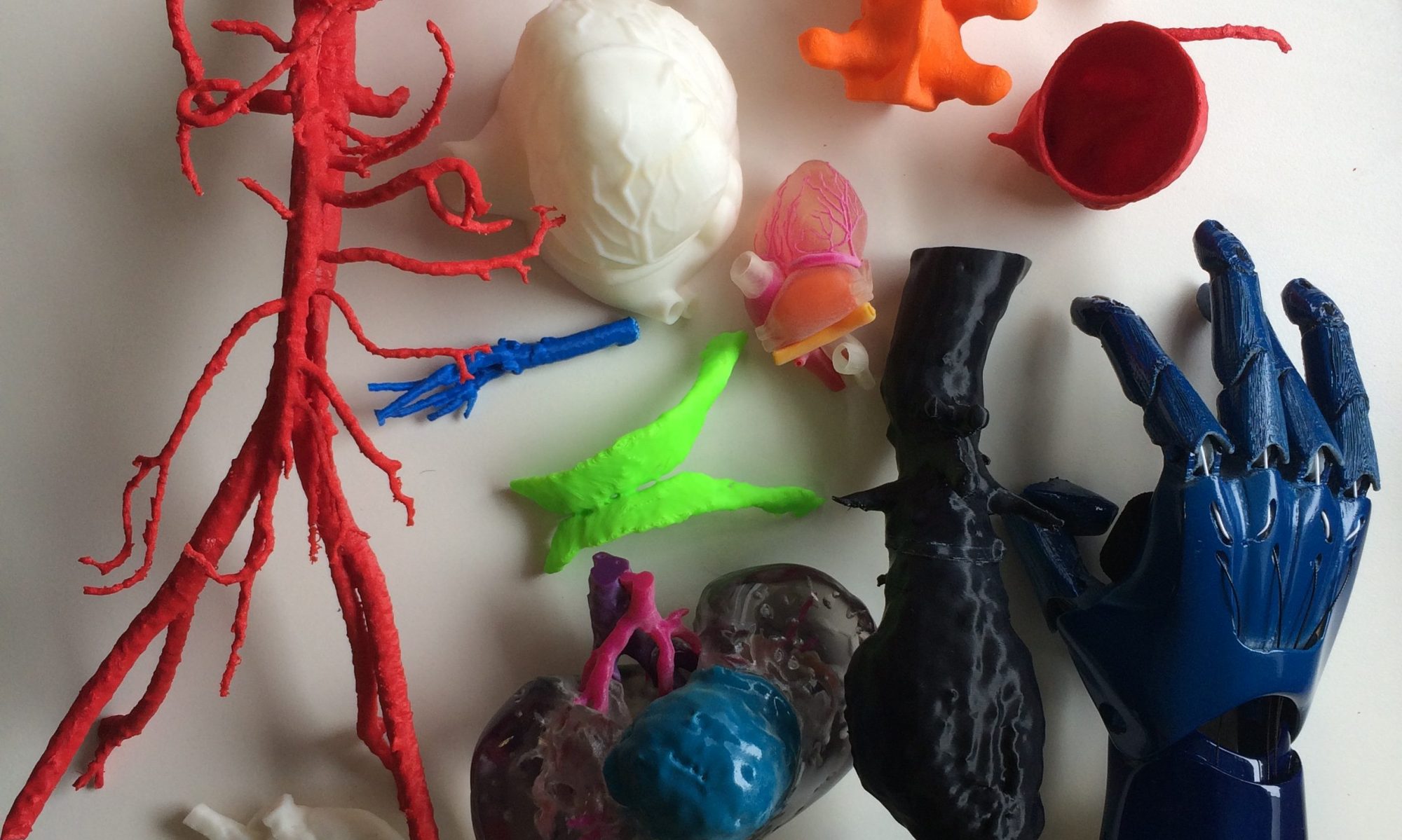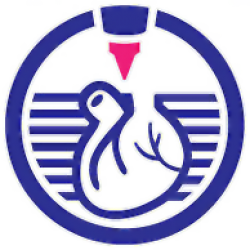This recap has been reproduced from the ResBaz Tumblr Blog.
3DMed Seminar 2016- The Recap
The second annual 3DMed Seminar was held on the 5th of October, in conjunction with the 3DMed Lab at Austin Health. The event was hugely successful, with over 130 participants from a whole host of different disciplines signing up to attend. The purpose of the event was to facilitate discussions about the disruptive potential of 3D printing in the medical field, and serve as a catalyst for future ideas and as a meeting point for collaboration!
Our #3dmed16 seminar is about to start! @3dmedLab @Austin_Health pic.twitter.com/3W4n7KjFaI
— Research Platforms (@ResPlat)
A wonderful turnout for #3dMed16! Join the live stream now at https://t.co/4PJJ2udfjQ pic.twitter.com/RpAzPDs9W1
— Austin 3DMed Lab (@3dmedLab)
We were honoured to be joined by a fantastic and diverse list of speakers from variety of different backgrounds. This was in keeping with the #3DMed16 vision of interdisciplinary collaboration, in particular between engineering and medicine, with the shared goal of improving medical research and patient care!
The seminar was kicked out by Dr David Ackland from the University of Melbourne, who took us through a fascinating journey of how he and Prof Peter Lee designed Australia’s first 3D printed titanium jaw, from prototyping to implantation into a patient.
Dr David Ackland, first #3DMed16 speaker! @ResPlat @3dmedLab pic.twitter.com/yXGc7fCp3x
— Jas Coles-Black (@JasamineCB)
Next up was Dr Eka Moseshvilli from the Olivia Newton John Cancer Wellness and Research Centre, on how 3D printing can be used to create a perfect fit for imperfect anatomy in cancer patients. Her emphasis was on the power of 3D printing to create personalised tools to save lives.
#3dprinting is the #logical next step for #radiotherapy – use existing #patient #data #3dmed @ResPlat @3dmedLab @JasamineCB @ozvascdoc pic.twitter.com/oEbg4c4Gls
— Vincent Khau (@thevinniek)
Dr Ian Chao from Austin Health and Box Hill Hospital blew people away with the 3D printed emergency airway trainers that his team had developed, costing less than $2 a model! This has the potential to revolutionise and democratise medical simulation training, with conventional models costing hundreds to thousands of dollars.
A #3dPrinted $2 emergency surgical airway trainer? I can see @edexam drooling in the audience… 😀#3dMed16 pic.twitter.com/uxSI5Wh83r
— Austin 3DMed Lab (@3dmedLab)
We were also treated to a recorded lecture from Dr Steve Pieper from Harvard’s Surgical Planning Laboratory, on some of the inspiring applications of 3D Slicer worldwide! Some of my favourite examples included utilising 3D Slicer for robotic prostatic biopsies, as well as modelling the morphological and phenotypic changes in various lung cancers.
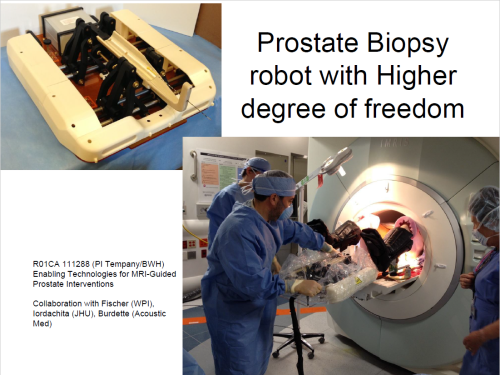
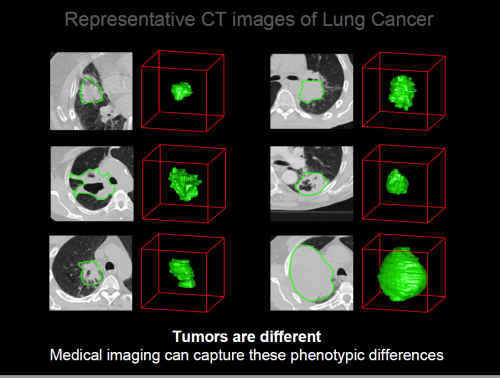
We were also very honoured to have A/Prof Tracie Barber from UNSW come down from Sydney to deliver her talk on using 3D printing in addition to computational fluid dynamics to aid her analysis of blood flow through blood vessels such as fistulas in dialysis patients.
Utterly amazing. 3D ultrasound for #3dprinting to troubleshoot AV fistulas. #Awesome #3dmed16 pic.twitter.com/wdAHWEEDsf
— Andy Buck (@edexam)
Dr Raf Ratinam from Monash Health explored the views of orthopaedic surgeons on complex 3D printed fractures, and provided a fascinating and instructional overview of how his team were able to achieve these 3D printed models of their patients’ individual fractured bones.
Dr. Raf Ratinam gives his presentation at #3dMed16 @ResPlat @JasamineCB @3dmedLab @ozvascdoc pic.twitter.com/LB9HbDeLXl
— Vincent Khau (@thevinniek)
The symposium was finished strong with Dr Ryan Jefferies, curator of the Harry Brookes Allen Museum of Anatomy and Pathology, on how 3D printing was used to enhance the museum’s exhibits, such as a 3D printed recreation of Ned Kelley’s death mask, bringing a 2000-year-old mummy back to life, and a photorealistic 3D printed lung specimen with tuberculosis!
Some great presentations and 3D printed models on display today at #3dmed16 – Ned Kelly’s death mask, a mummy skull and a diseased lung pic.twitter.com/WImgU9jgU3
— Ben Loveridge @ MIGW (@benloveridge)
Thank you to all our participants, for your enthusiasm and for providing such engaging discourse both in the panel discussions as well as in the Twittersphere! You helped make this event the success that it was!
Finally, a big shout out to our sponsors, Konica Minolta and Objective3D, for the delicious afternoon tea and for helping to make this event happen!
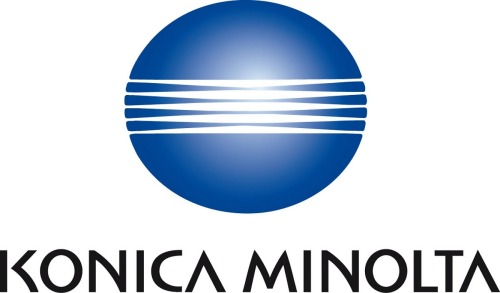

In conclusion, we are glad that so many of you found the seminar informative, and most importantly, fun! The feedback we have thus far received has been overwhelmingly positive, and we will without a doubt be holding this event again next year.
If you have any thoughts or feedback about how #3DMed17 can be improved upon, please feel free to email me at jasaminecb@gmail.com, or tweet me @jasaminecb!
We hope to see everyone next year!
Congrats to all for today’s fantastic #3dmed16 symposium at Austin #ResearchFest! @3dmedLab @JasamineCB @ozvascdoc @ResPlat
— Austin Health (@Austin_Health)
